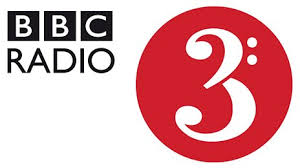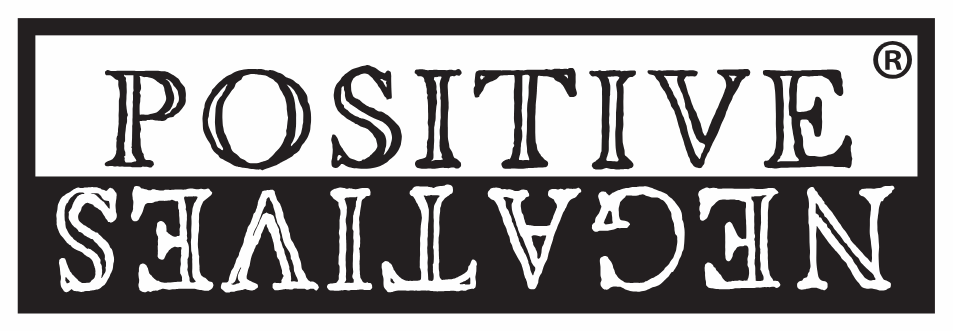Life on the Move showcases the important research themes and creative partnerships emerging from the London International Development Centre Migration Leadership Team (MLT). The film explores how researchers can collaborate with artists in innovative ways to generate new kinds of knowledge and engage wider audiences in debates about complex social and economic issues.
It illustrates how complex research findings can be disseminated in a clear and accessible style suitable for many public audiences. Visualising internal and external migration routes, it disrupts mainstream media coverage of migration as a problem, presenting a more holistic narrative.
Partner feedback
“This film has really changed how we see our research. Hearing these different stories was a powerful reminder that not all people on the move are responding to a set of so-called drivers. But they’re not.”
 Listen here to a BBC Radio 3 interview about Life on the Move with PositiveNegatives’ Dr Ben Worku-Dix, Professor Laura Hammond and Osbert Parker.
Listen here to a BBC Radio 3 interview about Life on the Move with PositiveNegatives’ Dr Ben Worku-Dix, Professor Laura Hammond and Osbert Parker.
